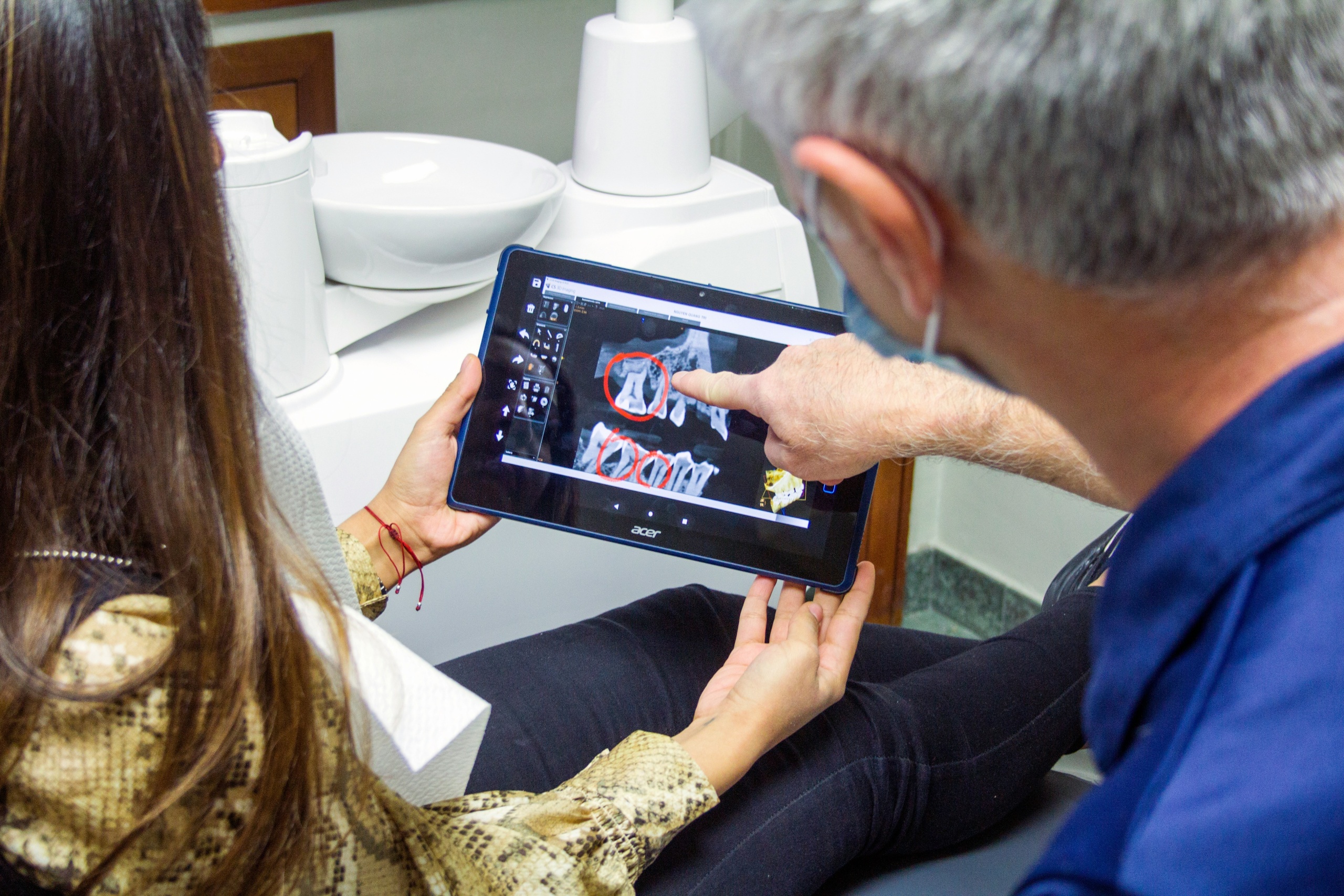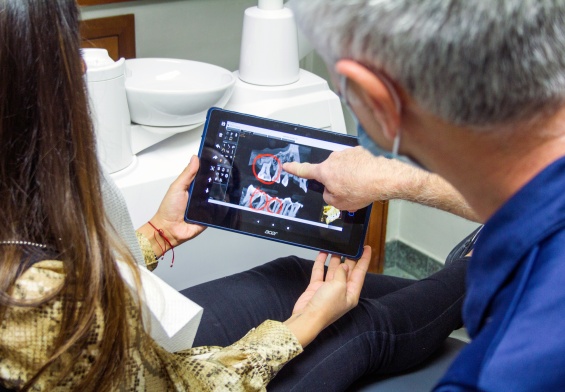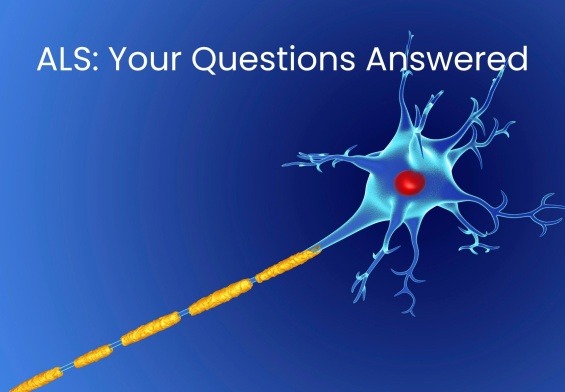Tooth trauma, an unexpected and often alarming event, can occur at any time due to various reasons such as sports injuries, accidents, or falls. This type of dental emergency requires immediate attention, not only to alleviate pain but also to prevent long-term damage to the affected tooth and surrounding oral structures. Understanding the appropriate steps to take following a tooth injury is crucial for anyone who might face such a situation, whether for themselves or in assisting others. The initial response and timely care from dental professionals can significantly influence the outcome, highlighting the importance of being prepared and informed.
The moments immediately following a tooth trauma incident are critical and often referred to as the “golden hour” in the field of dentistry. During this time, the actions taken can be the difference between saving and losing a permanent tooth. This guide aims to provide a thorough understanding of how to handle tooth trauma, emphasizing the urgency of seeking professional dental care and the potential for restorative dentistry to salvage and restore the tooth. With tooth trauma, knowledge, and quick action go hand in hand in ensuring the best possible care and outcome for the individual affected.
The Golden Hour in Tooth Trauma
The moments following tooth trauma are crucial. Known as the “golden hour” in dentistry, the immediate period after a tooth has been knocked out is critical for its survival and successful reintegration. The priority is to seek professional dental care promptly. Dentists emphasize that the chances of saving a knocked-out permanent tooth are significantly higher if action is taken quickly. This urgency underscores the importance of having access to dental care and being prepared to act swiftly in the event of an emergency.
Initial Steps Following Tooth Trauma
Upon encountering a tooth trauma situation, the first step is to assess the individual for any severe injuries that may require immediate medical attention. Issues with the head, neck, or jaw, or signs of a concussion, should be addressed by medical professionals before dental concerns. If the trauma involves a baby tooth, it’s generally advised not to attempt reinsertion, as this could potentially harm the developing permanent tooth beneath.
Handling the Dislodged Tooth
When dealing with a dislodged permanent tooth, handling it correctly is paramount to avoid further damage. Dentists advise against touching the root of the tooth to prevent infection. The tooth should be held by the crown (the visible part above the gum line) and gently rinsed with room temperature water if dirty. However, scrubbing or attempting to sterilize the tooth should be avoided to preserve the delicate cells on the root surface that are vital for reattachment.
Reinsertion and Preservation Techniques
If possible, the tooth should be gently reinserted into its socket and held in place with a clean piece of gauze or cloth. This immediate action can sometimes enable the tooth to reattach to the gum. However, if reinsertion isn’t feasible, keeping the tooth moist until professional dental care can be accessed is crucial. Storing the tooth in milk or a special cell growth medium available in dental emergency kits can help preserve the tooth’s viability.
The Role of Dentists in Tooth Trauma Care
Dentists play a critical role in the management and treatment of tooth trauma. From the initial dental emergency care to long-term restorative solutions, their expertise is invaluable. In cases where a tooth cannot be saved, dentists offer a range of cosmetic and restorative dentistry options, such as dental implants, bridges, or veneers, to restore the appearance and functionality of the patient’s smile.
Preventive Measures and Education
Understanding how to prevent tooth trauma is an essential aspect of dental health education. Dentists advocate for the use of protective gear, such as mouthguards during sports, and promote awareness of the risks associated with certain activities. Additionally, having a dental emergency kit and knowing the basics of tooth trauma first aid can empower individuals to act effectively if an incident occurs.
The Psychological Impact of Tooth Trauma
Beyond the physical damage, tooth trauma can have a significant psychological impact, affecting an individual’s self-esteem and social interactions. The role of dentistry extends to addressing these emotional aspects, ensuring that patients receive not only the physical treatment needed but also the support to overcome any psychological hurdles associated with dental injuries.
Conclusion: A Collaborative Approach to Dental Emergencies
Managing tooth trauma effectively requires a collaborative effort between the individual experiencing the trauma, those around them, and dental professionals. By understanding the immediate steps to take, the importance of swift professional intervention, and the options available for restoration, individuals can navigate the challenges of tooth trauma with confidence. Dentists, with their expertise in dental emergencies and restorative dentistry, are pivotal in this process, offering solutions that not only save teeth but also restore smiles and confidence.
In the face of tooth trauma, the combined knowledge of first aid measures and the expertise of dental professionals can make a significant difference in outcomes. As dentistry continues to advance, the prospects for successful treatment and restoration in the aftermath of dental emergencies look increasingly promising, ensuring that individuals can recover not just their dental health but their quality of life as well.




